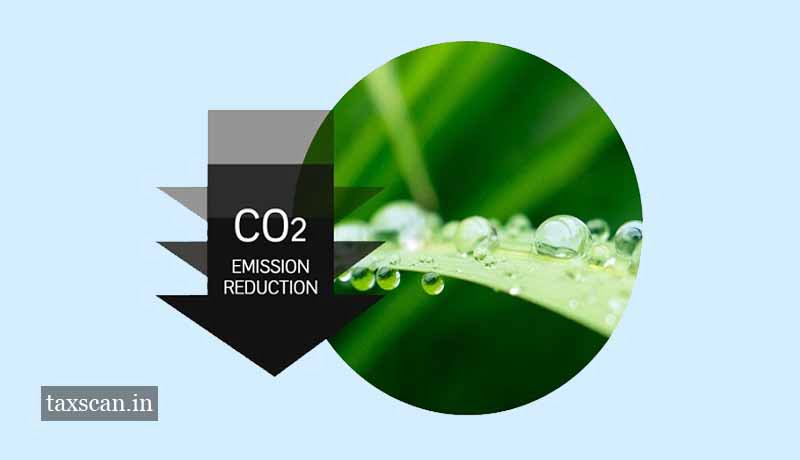
There are some projects that are definitely more reliable than others in terms of really mitigating climate change.” O’Rourke agrees, “I do think that the whole infrastructure has matured and is a lot more reliable than it used to be,” she says. Jennifer Cooper, the vice president of NativeEnergy, says that the offset industry had some missteps in its early days, but has since come a long way and now has greater oversight. “These tend to be fairly high quality products and very measurable and able to be verified.” “With forestry-type systems or large-scale land based approaches, it tends to be very complicated on the governance side to really know what’s actually happening on the ground,” she says. As an investigation by ProPublica found, some forestry-based projects have not actually conserved the land they promised to.Īnastasia O’Rourke, the managing director of the Carbon Containment Lab at Yale University, says that while forestry offsets get a lot of attention, the less-glamorous work of capping landfills and cutting back on industrial greenhouse gases tends to produce offsets that are relatively easy to keep track of. Not every carbon credit program does what they say.
#BUY CARBON CREDITS HOW TO#
How to find a reputable carbon-offset program By capping a retired landfill with cement and capturing the methane produced by it, these offset programs can avoid the climate-warming contribution of that methane. Other projects target methane, a particularly powerful greenhouse gas. There are also programs that focus on industrial chemicals, helping factories switch from using potent greenhouse gases in their operations to more benign alternatives.


In one project in Montana, for example, ranchers generate offsets through carefully managed grazing that benefits prairie grasses, which in turn help store carbon in the soil. NativeEnergy, a company developing offset programs, includes regenerative agriculture among its options. Other companies are creating offsets by stashing carbon not in trees, but in the ground. Planting trees can have its pitfalls-simply planting a farm of identical trees, for example, can hurt biodiversity-but the basic idea is that the more trees are planted, the more those forests can suck carbon dioxide from the atmosphere and incorporate it into their roots and shoots. Mossy Earth, for example, offers a carbon calculator and ways to negate that impact through planting native trees. Probably the most obvious and well-known are forestry programs. Today, there are a lot of projects around the globe capturing greenhouse gases in different ways. When you buy offsets, you’re essentially indirectly paying for practices that capture or reduce greenhouse gas emissions that otherwise wouldn’t have happened.

But it can be tricky to understand these offsets and be sure they are actually doing what they claim.

And then there’s the emissions from the food you eat, heating and cooling your home, the stuff you buy-it all adds up.įor environmental impacts we can’t avoid, the growing market of carbon offsets offers the promise of being able to negate our emissions. Perhaps you went on a long road trip for vacation, or drove to avoid public transit or flying (I drove almost 10,000 miles this year, despite working from my bedroom). Binyamin Mellish/Pexels SHAREĭespite the fact that many of us stopped commuting and skipped the airport due to the pandemic, our carbon footprints didn’t disappear this year.


 0 kommentar(er)
0 kommentar(er)
